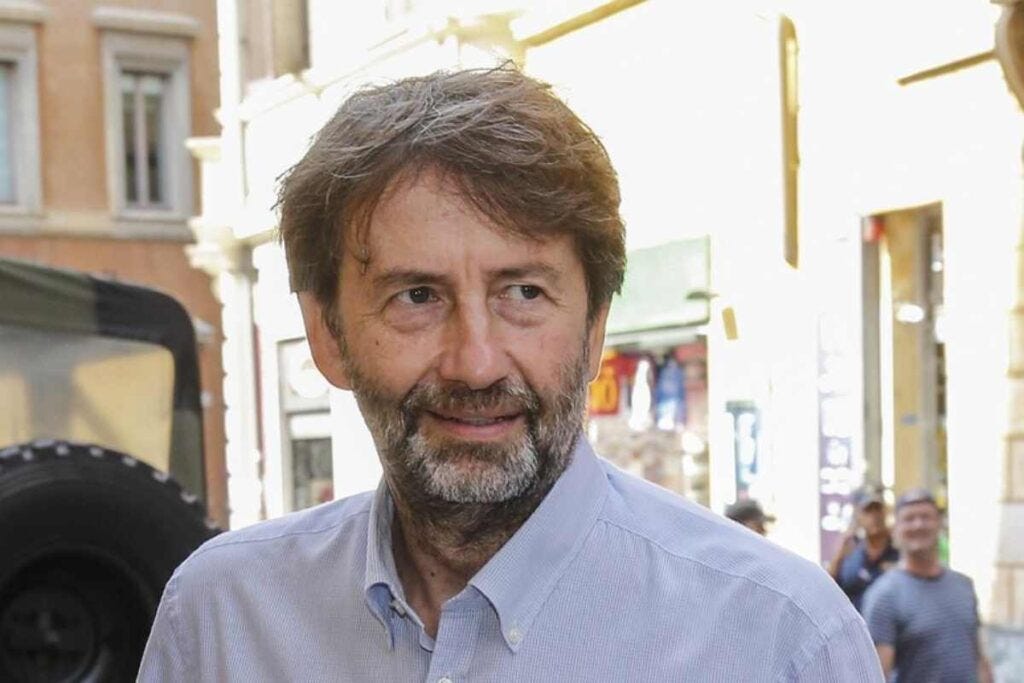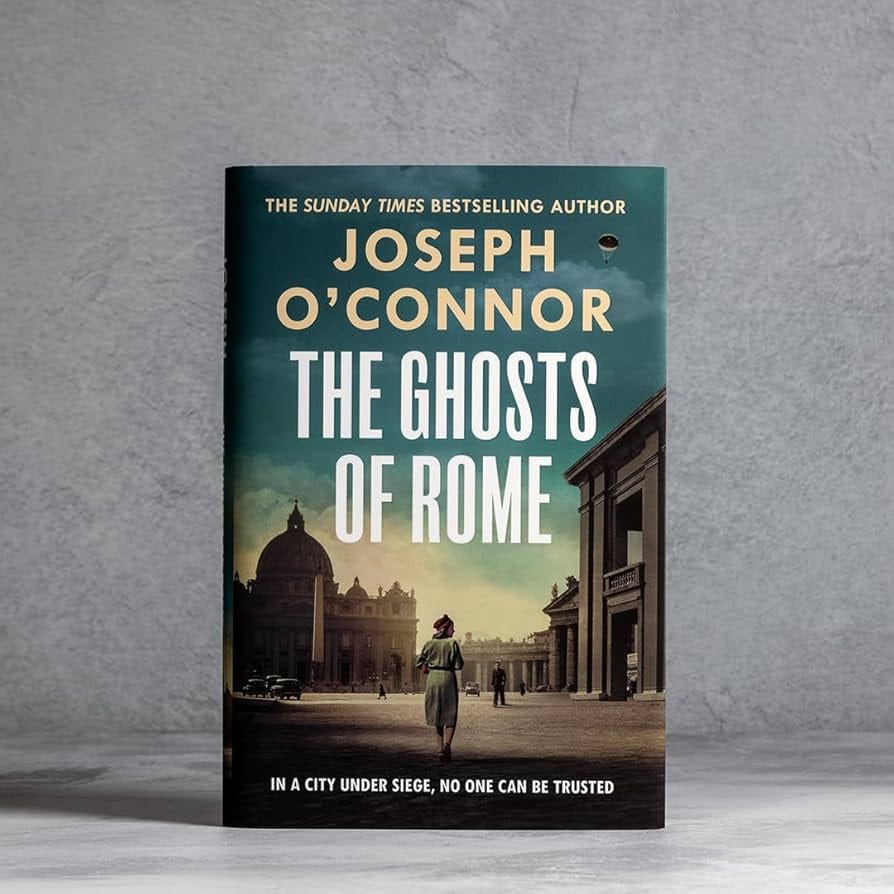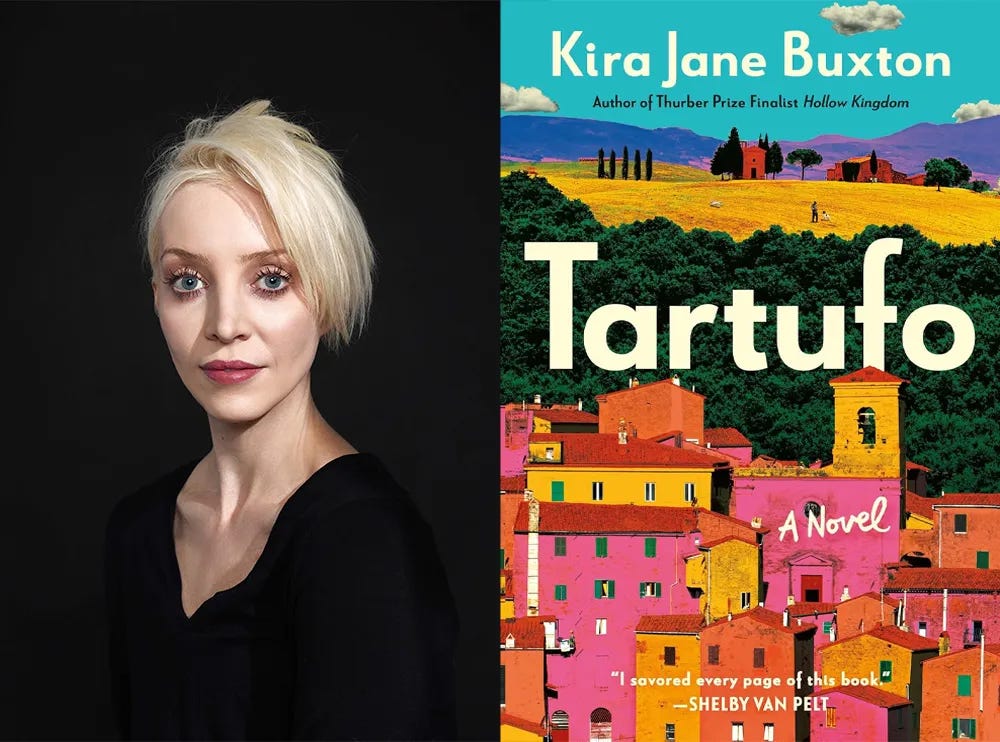This week’s top story concerns polyfluoroalkyl substances (PFAS), those pesky chemicals that make up our waterproof coats, non-stick frying pans and tents among other impermeable objects. While these substances are useful to industrialists and consumers alike, they have the rather significant drawback that… well, they’re super toxic. PFAS, as you probably know, are ‘forever chemicals’ which take thousands of years to decompose. They’re poisonous and carcinogenic, and scientists have linked them to numerous different tumours. Every country on earth is struggling to contain PFAS pollution, though sadly Italy is one of the worst affected nations in Europe. This week, Greenpeace Italia released a report revealing the level of PFAS contamination in drinking water in different municipalities. And the results, as you’d imagine, are concerning. The area around the Mitena factory in Veneto, which was proven to have poisoned over 350,000 residents in the area around Vicenza, Verona and Padova a few years ago, unsurprisingly ranked as the worst hit area. But there are plenty of other less well-known examples. PFAS levels in Milan are well in the danger zone, for example, and the picture is little better in Rome. Neither is this just a big city issue. The Tuscan town of Arezzo is high-up on the black list, as is the Piemontese conurbation of Spinetta Marengo to cite just two surprising rural examples. While the EU, in theory, has the competencies to address this matter, lobby groups are currently so powerful that every time the Commission outlaws a chemical, companies immediately gain a green light to produce another virtually identical product. Clean-up efforts are also behind schedule and costs are skyrocketing: the latest estimates suggest it will cost 2 trillion euros over twenty years to really begin tackling the problem. For a bird’s-eye view of the European picture check out The Forever Lobbying Project (ENG). For more info about Italy specifically, including region by region breakdowns of pollution, check out the Greenpeace report (ITA only)

Next up, a quick bit of party political news: this week the PD’s Dario Franceschini, Italy’s widely-admired ex-culture minister, offered up a serious provocation that’s causing some kerfuffle among the opposition benches. The gist is, essentially, this: during an interview with La Repubblica, Franceschini proposed, out of the blue, that instead of chasing the “impossible” spectre of unity, he believes the left should embrace its current state of fragmentation. “The times of the Olive coalition are over!” he declared, taking aim, by implication, at PD leader Elly Schlein’s so-far largely unsuccessful efforts to build a broad ‘campo largo’ coalition. Instead of disingenuous compromises, he continued, each party would be better-off campaigning on its own terms, without thinking in advance about possible alliances. These comments may seem somewhat hard to stomach when you consider that despite winning more total votes than Meloni and co in 2022, the combined opposition failed to form a majority. Nevertheless, Franceschini is indignant, and insists that genuine, passionate campaigning is the only way for progressives to win back voter trust and rebuild integrity. What do you think? Is this a stroke of counterintuitive genius? Or is his idea naïve, self-sabotaging and counterproductive? Answers on a postcard please, or via the poll below.

Writing at the dawn of the 20th Century, James Joyce offered a description of Rome that still cuts straight to the bone. The Italian capital, he wrote, is like “a man who lives by exhibiting to travellers his grandmother’s corpse.” These cutting and frankly hilarious words might offend at first, but let’s be honest, they do hold more than a kernel of truth. As a lover of the city myself, I’d be the first to admit the place is dusty, out of touch and nauseatingly mammonistic. Luckily, Rome is also a more peaceful, self-aware and dynamic place than its critics sometimes concede. This week, novelist Jospeh O Conner made that very case in an essay for the Guardian where he highlighted a few of his personal favourite spots. He’s a fan, we learn, of the orto botanico and the the non-catholic cemetery. He enjoys spending afternoons in the centrale montemartini, in palazzo altemps and the basilica of Santa Maria Maggiore among other churches. These are all great spots indeed, but one word of caution. O Conner’s proposed itinerary is absolutely NOT, “where the Romans go”, as the headline deceptively suggests. But, hey, that’s on the editors. Overall, this is a good overview of the city’s lesser known landmarks, and if you follow the author’s tips next time you visit, you’ll be in for a treat. So here’s the link again.

Arts & culture: then as farce!
The novelist Kira Jane Buxton has got a new book out this week that caught my eye most of all on account of its bold, one word title. Tartufo, as the name suggests, is a story about a truffle, a giant truffle to be precise, the discovery of which transforms the fate of a small community in Tuscany. Set in Lazzarini Boscarino, a small, fictional borgo, far from the tourist trail, the novel follows a group of villagers as they uncover one of the biggest tartufi ever known to man. The consequences, as you’d imagine are numerous and dramatic. Suddenly, overnight, Lazzarini Boscarino is on the map as one of the world’s most important culinary destinations, with all the opportunities and nuisances that accolade entails! I’ll be honest. I don’t read a lot of commercial comedy novels, but this one does sound a blast. So, in the name of broadening my horizons, and overcoming what I now realize is a low-key, unconscious prejudice towards the genre, I am sharing it here for any of you who might be interested. And why not? I’m sure we could all use a bit of cheering up right now. You can buy it straight from the publisher here.
Last Friday the Turin-based singer songwriter GINEVRA released her sophomore album FEMINA, a lovely, tight, 28-minute record which mixes elements of 90s shoegaze with Italian pop. I think it’s a great and ambitious project! There are some dense, fuzzy, wall-of-sound-like textures here, but the vocals still shine through crisp and clear and hooks are in no short supply. The lyrics are also a lot more interesting than your typical Italian pop record. Instead of ‘amore, amore, amore’ GINEVRA sings about intimate, gendered experiences: her struggles with female friendship, her relationship with her nonna, her fears and hopes about motherhood and, most powerfully of all, her experience of patriarchal violence. This is not a protest record. On the contrary, the mood is, by and large, optimistic and joyful. Nevertheless, this is a notably more mature and thoughtful record than the singer’s previous album, and, on its own terms, its stands out as a good example of polished, socially anchored pop that is 100% relevant for the times we’re living in. Brava. Check out the full album on Spotify here.
Recipe of the Week: Squid braised in tomatoes and red chili
This is one of my favourite winter seafood dishes to eat, mainly because it’s cheap, healthy and oh so easy to prepare. Home cooks enjoy the dish all along Italy’s Tyrrhenian coast, from Liguria right the way down to Sicily, and it’s easy to see why. You can get most of the flavour of a fish soup for a fraction of the work and a fraction of the price! What’s not to like? I know some people get a bit icky about cleaning and preparing squid, so if that’s you then I’m afraid you may want to skip this week’s recipe. If, on the other hand, you’re confident about degutting and de-beaking the critters, the end result is totally worth it. If you do try this don’t forget the golden rule: squid need to be cooked for exactly 2/3 minutes or for 25-30 minutes depending on the thickness. Any more (or any less) and they are likely to become either slimy or rubbery. Follow that basic instruction, however, and you really can’t go too far wrong. I don’t use a recipe myself, as this has become a routine weeknight dish in my house. Michele and Joe’s suggestions over at Our Italian Table, however, look identical to my tried and tested method which, I can guarantee, turns out well every time. Serve with some simple sautéed spinach, and garlic toasts for full meal. Here’s the link.

I’m Jamie Mackay, a UK-born, Italy-based writer, working at the interfaces of journalism, criticism, poetry, fiction, philosophy, travelogue and cultural-history. I set up ‘The Week in Italy’ to make a space to share a regular overview of the debates and dilemmas, innovations and crises that sometimes pass under the radar of our overcrowded news feeds, to explore politics, current affairs, books, arts and food. If you’re a regular reader, and you enjoy these updates, I hope you’ll consider becoming a supporter for EUR 5.00 per month. I like to think of it as a weekly catch-up chat over an espresso. Alternatively, if you’d like to send a one-off something, you can do so via PayPal using this link. Grazie!



